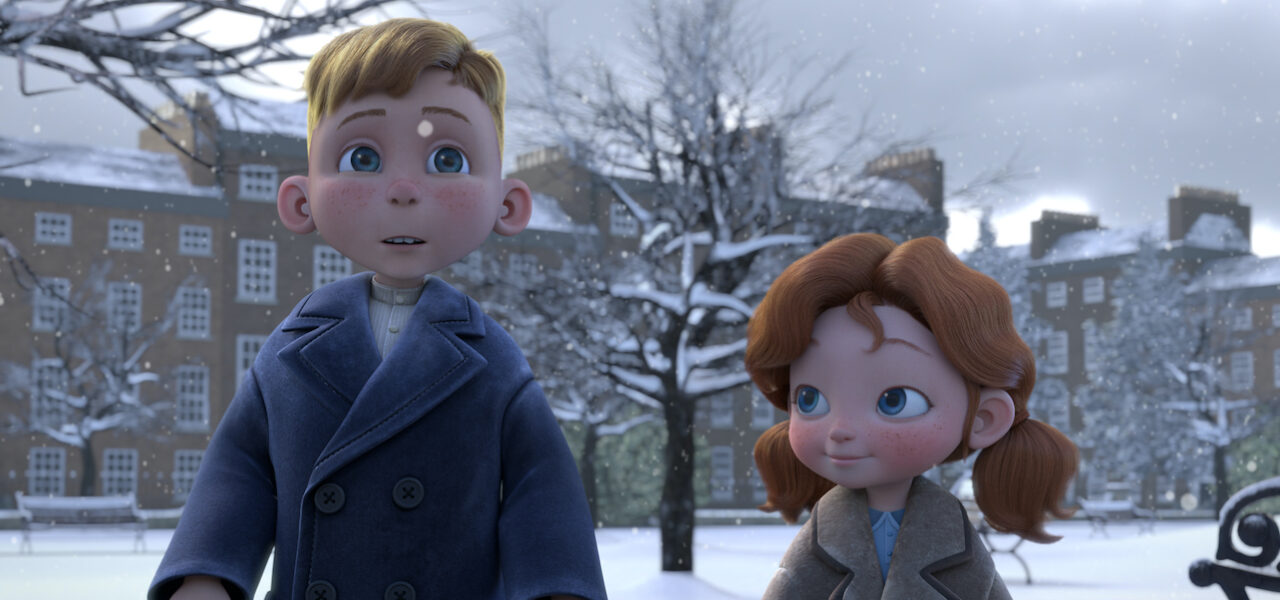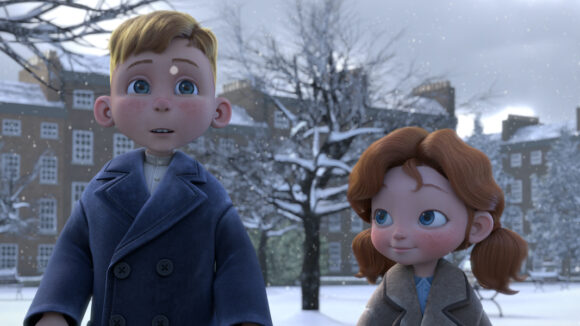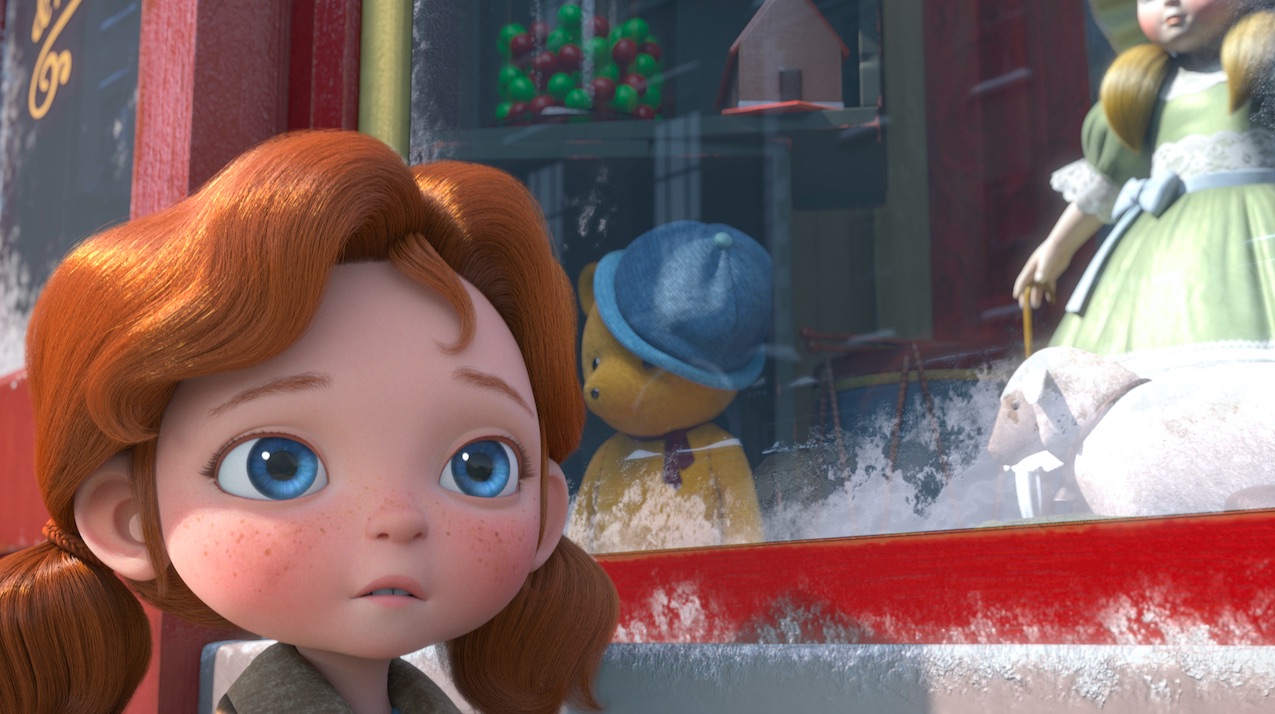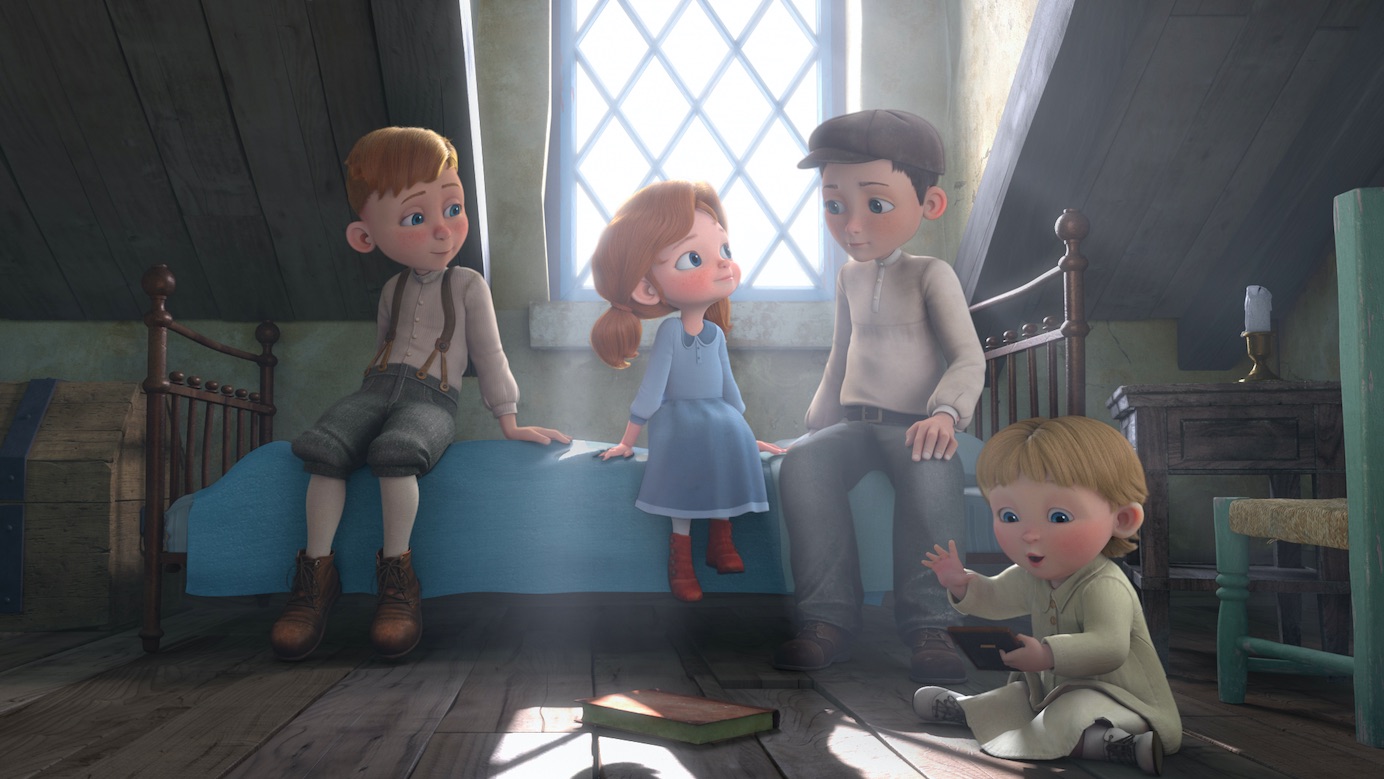

Tools Of The Trade: Damien O’Connor on Bose Noise-Canceling Headphones
Welcome to Tools Of The Trade, a series in which industry artists and filmmakers speak about the most important tool in their work — be it digital or physical, new or old, deluxe or dirt-cheap. This week’s guest is Damien O’Connor, director and co-writer of the hit Netflix film Angela’s Christmas (which earned him an Emmy nomination) and its new sequel, Angela’s Christmas Wish. Both were produced at Dublin’s Brown Bag Films. O’Connor’s tool of choice is his trusty pair of Bose Noise-Canceling Headphones. Over to him:

When I am writing, my Bose Noise-Canceling Headphones rarely leave my head. I’ll only play music if writing emotional scenes — otherwise I use them to just block out noise.
I find you have to feel the emotion when writing emotion. That sounds obvious, I know, but if you are writing a funny scene, subjectivity aside, the joke is either funny or it isn’t. Action is easier to write as it is primarily visual, so a lot can be worked out in storyboards. Happiness is generally performance-based and you have freer rein with dialogue, as people can pretty much say anything when they are delighted.
But with poignancy or sadness, if you miss the mark a little, it really shows. If I don’t feel it, it is not working. You can’t force it, but deadlines don’t care about all that, so music really helps me get into the emotional space. It’s a handy shortcut.
What music I listen to very much depends on what I am writing. The feature script I am currently writing seems to love late-1960s ballads, especially “Reflections of My Life” by Marmalade. The script has nothing to do with the 1960s, but the song is a sad song disguised behind a cheery tune. It’s sad by stealth, which I love.
A lot of writing is done mentally, away from my computer: I could be in my car (not wearing my Bose!) and I hear the right song, and my mind starts writing. I pull over, Shazam it, and that becomes the temp song for the scene. For Angela’s Christmas I listened to Pietro Mascagni’s “Cavalleria Rusticana — Intermezzo” (a.k.a. the Raging Bull opening theme) on a loop, as it has the perfect poignancy. For the sequel it was a mix of Darren Hendley’s score for the first film and, bizarrely (as I am not a fan), André Rieu playing “And The Waltz Goes On,” composed by Anthony Hopkins.

I often review animation passes while traveling. The headphones allow me to review dialogue scenes anywhere (and sleep on planes!). At sound mix, I can review premixes at home to prep notes and listen to final mix passes outside the professional studio.
I hear things on the headphones that I’d miss on speakers, but it is a double-edged sword, as not everyone will watch the film wearing Bose headphones. So I jump from Bose headphones to cheap headphones to studio-grade speakers to tv speakers to make sure the mix works across all outputs. But the Bose headphones are great for catching rogue sounds or sounds that are too loud.

I have tried other noise-canceling headphones. Some of them do nothing! When I first got my Bose, I put them on and clicked the switch … the world went quiet. It was amazing. When you take them off, it is quite overpowering just how loud everything is. It’s a little like in action films, post-explosion, when they cut the audio and play the audio muffled, then have the sound rush back to full volume.
The headphones provide a silent sanctuary in a permanently noisy world. I love living in this world: total silence freaks me out, especially outdoors, as it means nothing is alive for quite a wide radius. There is something reassuring about hearing a car in the distance. But it is lovely to be able to control the noise. So if I am in the studio, I click on the noise canceling and it is me and the page, or the rough cut, or the mix.
“Angela’s Christmas Wish” is available to watch on Netflix.

.png)